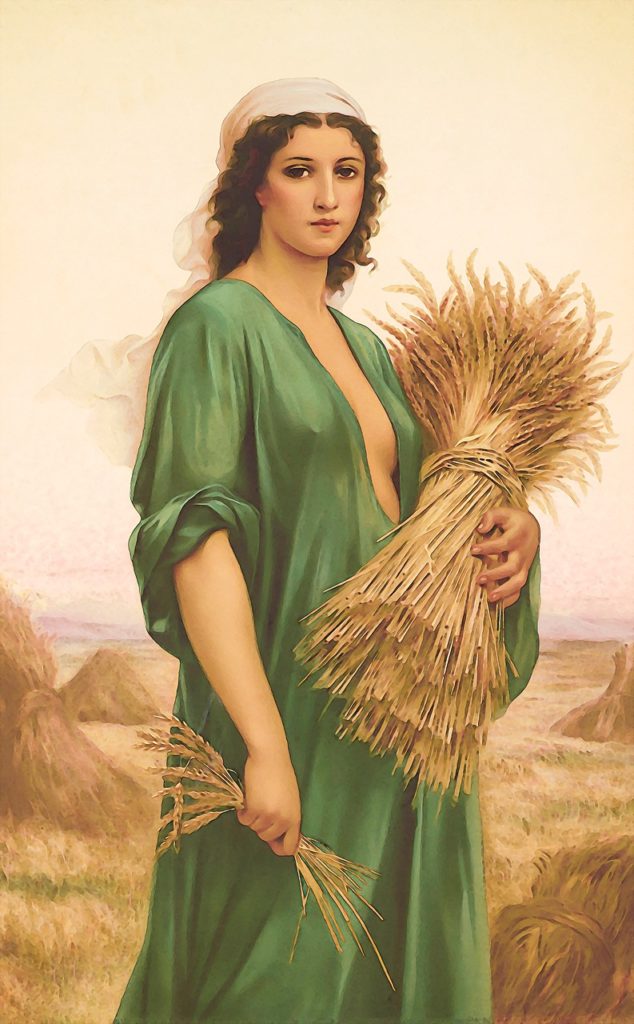
As the Lammas season approaches, we turn our attention to this ancient harvest celebration that traditionally marked the beginning of grain harvest. Our ancestors didn’t adhere to static calendar dates; instead, they observed the rhythms of the earth and celebrated Lammas when their grain ripened, ready for harvest. I invite you to adopt a similar fluid approach, marking this season as you reap the bounty of your life’s harvest.
Sacred Lammas Pilgrimage
The Lammas season was traditionally a time for pilgrimages to sacred sites, places of power, where our ancestors would bring offerings from their harvest to honor the Old Powers that guided them, often local deities or spirits associated with the grain itself.
In today’s modern world, the practice of pilgrimage is experiencing a revival, particularly among individuals interested in connecting with their ancestral lands. Through my recently completed guide, Animist Atlas: A Guide to Mindful Roaming and Immersive Travel, I share insights and experiences that encourage us to view travel as an opportunity to recognize and respect the spirits of the land, sea, and sky.
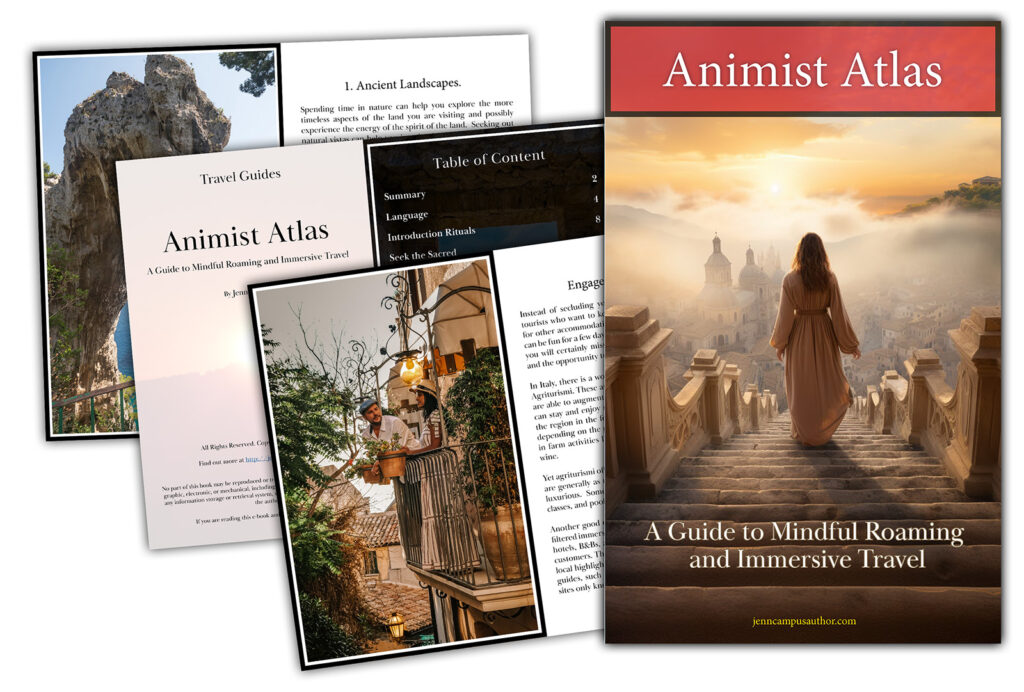
Animist’s Atlas
What I find most enriching in the Animist Atlas is the perspective of viewing travel destinations not merely as places but as living entities with their own spirit and energy. This understanding creates a profound reverence for the land and its inhabitants, helping to establish a meaningful connection.
An essential part of the animist’s journey, whether you’re visiting your ancestral lands or exploring new territories, is speaking to the land. By introducing yourself to the land, bringing offerings from your homeland, and explaining your intentions for your visit, you acknowledge the land and pave the way for a smooth journey.
From The Atlas:
“Introductions are an important ritual when we meet any conscious beings, especially when we enter someone else’s home — that includes new lands we have not met before. It is also a sign of respect in many cultures to bring a gift to your host, which is where the offering comes in.
If we can remember that all places have distinct personalities, then truly engaging with their essence is a meaningful experience of connection.”
You might find yourself asking, “What if I can’t travel- to my ancestral homelands or anywhere else?”
Here’s the beautiful thing: you can participate in a Lammas pilgrimage no matter where you are. All lands are interconnected, and we are part of that connection. Traditional pilgrimage sites were often located atop hills or mountains, but any place that resonates with you can become your sacred site.
It might be a tree that seems to hum with life, a boulder that has stood sentinel for centuries, or even a wellspring nourishing the earth. Bring some freshly baked bread made from local grain to honor these places with an open heart and see what happens.
A wonderful way to honor these sites and the Old Powers guiding your life is through the act of offering. For Lammas, consider bringing freshly baked bread made from local grain. It’s a simple yet profound act that helps to deepen our connection with the land and its spirits.
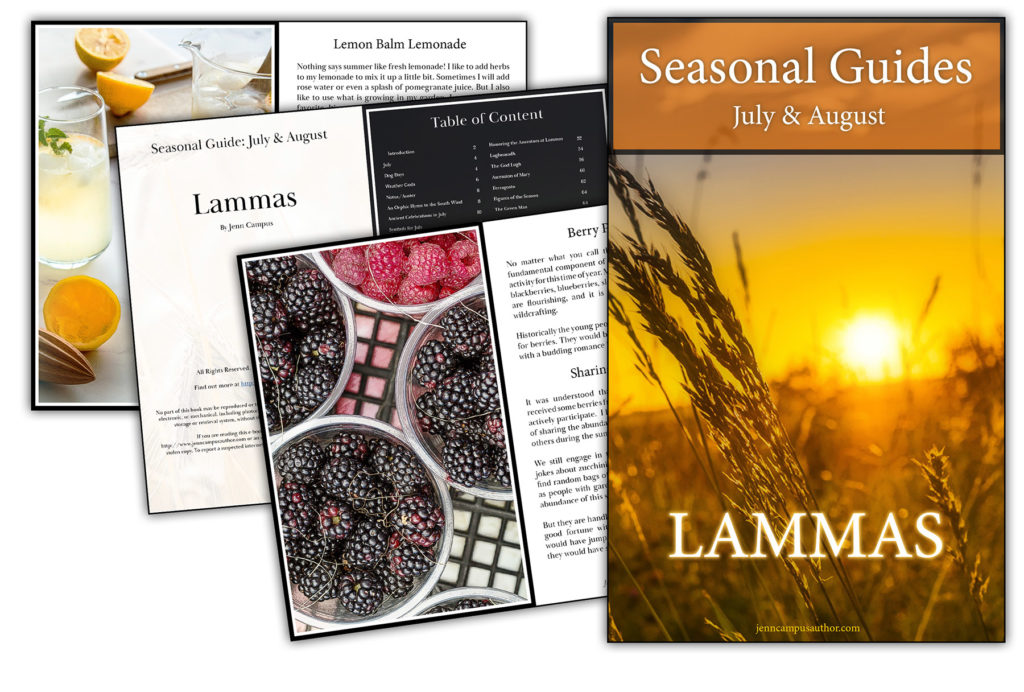
If you’re looking for some Lammas bread recipes, you can find a couple in my July/August Seasonal Guide. And for a delicious and easy-to-make recipe, check out these beautiful Rosemary Olive Oil Flatbreads. We offered them up to the spirits of the land on a special hilltop overlooking our Sardinian village. We gave thanks for the peace living here has brought us.
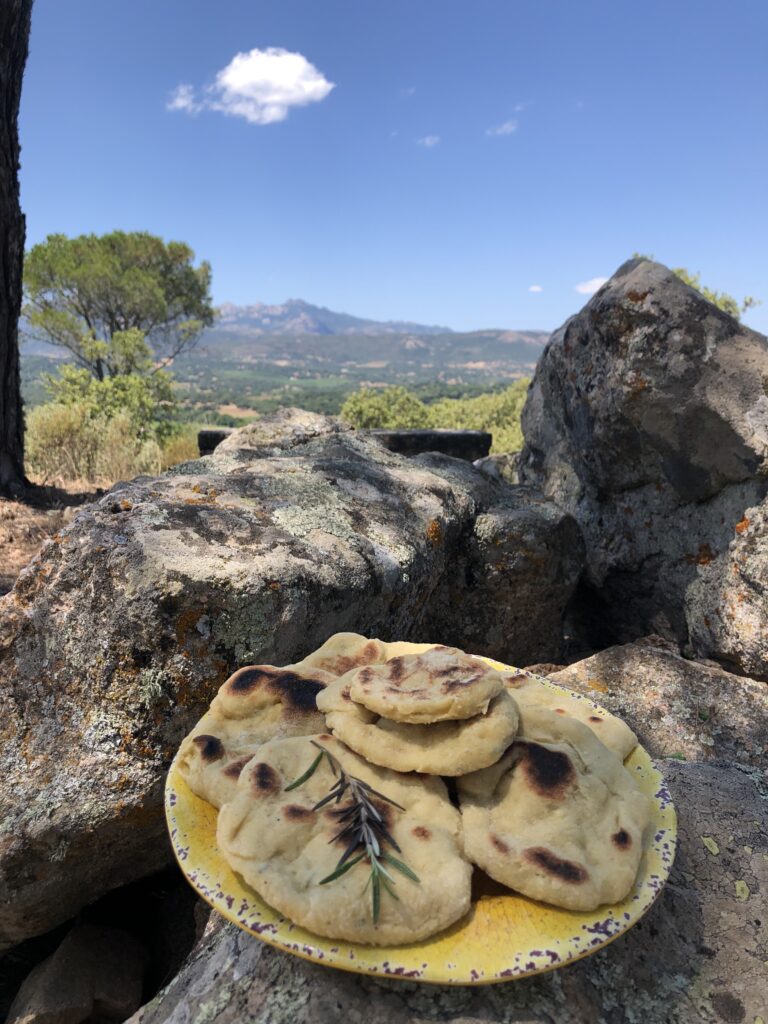
Rosemary Olive Oil Flatbreads
Ingredients:
1 1/2 cups lukewarm water
1 teaspoon active dry yeast
1 teaspoon sea salt (I used mirto-infused salt)
1 teaspoon sugar
4 Tablespoons of extra virgin olive oil
1 Tablespoon of fresh rosemary, chopped
4 cups of flour (I used durum wheat, which is local to us)
Method:
Mix the water, yeast, salt, sugar, olive oil, and rosemary in a large mixing bowl. Whisk together and then let sit for about 5 minutes for the dry yeast to bloom in the liquids.
Then start adding the flour, a half cup at a time, mixing and then kneading with your hands until it is the right consistency for bread. You may need more or less flour than indicated, depending on the type of flour you are using.
When the bread has come together into a nice soft ball that holds together, let the dough rise for about 2 hours.
Once the dough has risen, divide the dough into 6 equal parts and start shaping them into rounds. Dust them with a little more flour.
Heat up a skillet- I love my cast iron- over medium heat. Then one by one, add the bread rounds and cook for about 5 minutes on each side- until the dough has browned in patches, puffed up, and is cooked through.
You can drizzle the breads with more olive oil and sprinkle with a little salt and rosemary.
Find a special place to leave one of the rounds in offering, and enjoy the rest with loved ones.

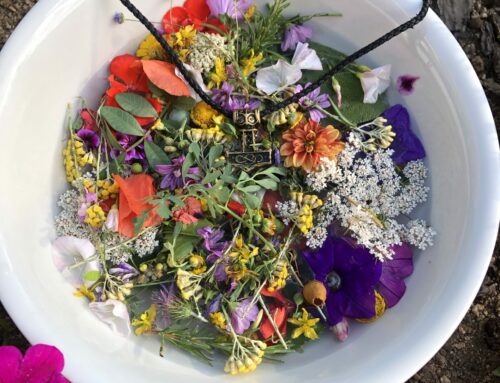

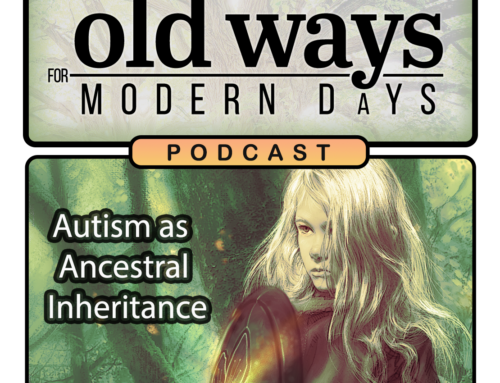
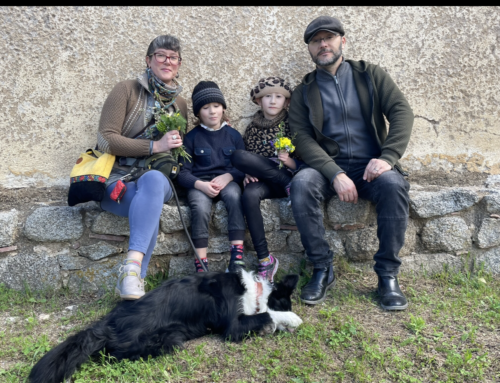


Leave a Reply